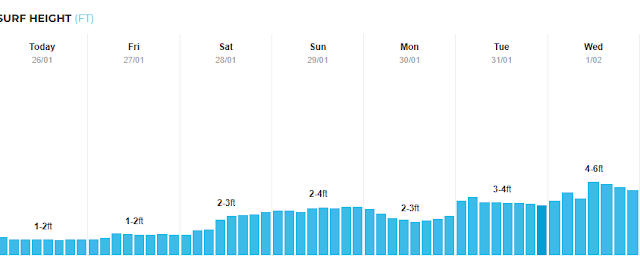Written by the TreasureGuide for the exclusive use of the Treasure Beaches Report.
 |
| Accidentally re-discovered in the 1800s, the steps and lead lining of the Roman Great Bath are over 2000 years old. Source: See Art News link below. |
A treasure trove was discovered by archeologists in Carlisle, England, at the bottom of the drain system of an ancient Roman bathhouse near Hadrian’s Wall, according to a report by the Guardian.
Around 30 intricately carved semiprecious stones were found. Known as intaglios, the stones had slipped down the drains of the pools and saunas two millennia ago.Ni hao (nee haow).
The vegetable glue that secured the stones in ring settings likely deteriorated in the steamy air, leaving the gems to their watery fate, Frank Giecco, an expert on Roman Britain who is leading the bathhouse excavation, told the Guardian.
The tradition of carving intaglios began in Mesopotamia around 5,000 years ago. Often, they were used to “sign” documents by pressing the engraving into soft clay. Across the millennia, intaglios spread throughout the ancient world, eventually becoming fashion pieces for the wealthy. The Roman statesman and author Cicero wrote that some Romans wore portraits of their favorite philosophers on their rings....
Here is the link for more about that.
2,000-Year-Old Gems That Fell Down Drain Found in Roman Bath – ARTnews.comar
---
Sedwick auction # 33 will be live May 3 -4, but the deadline to consign is February 10. That deadline is quickly approaching.
Here are the details from Sedwick.
The continued strength of the numismatic market makes one thing clear: numismatic rarities and top collections belong in a Sedwick Treasure Auction. In 2022, our two Treasure Auctions plus our first exclusive paper money auction realized over $8.4 million - well above presale estimate totals - and we want you to be a part of our next sale!
For our upcoming Treasure Auction 33, we are seeking consignments of:
- Shipwreck Gold and Silver Coins and Ingots (Atocha, 1715 Fleet, etc.)
- Rare Latin American and World Gold and Silver Coins
- US Coins and Bank Notes
- World Bank Notes
- Certified Shipwreck Artifacts
Perhaps you haven't added to your collection in some time and are looking for the right way to bring it to market. Or you're adjusting your collecting goals and want to sell coins in order to buy different assets.
That's where we come in.
We offer decades of numismatic experience, personalized service, printed auction catalogs, and top bidders through our convenient bidding platform. For significant collections, we will travel to you. We are also attending the Long Beach Coin Expo held on February 2-4 and will accept consignments there (contact us to set up an appointment).
The consignment deadline for our next auction is February 10th. Contact us today by emailing us at office@sedwickcoins.com or giving us a call at (407)-975-3325.
---
Yesterday I posted some buttons found in 2019 that are similar to those found on the beach ery recently by DJ. He offered the following comments.
One of the things the Treasure Beaches Report has always stressed is the need to be aware of the variety of types of treasure that can be found. And almost anything can be found on a beach, so it is best to be aware and ready to recognize various types of treasure. You might recall back around the beginning of the new year, I posted a alphabetized list of things I've found on beaches. I was only missing U,V, X nd Y. ( Treasure Beaches Report: Pt. 2. (2020 and Beyond). : 12/17/22 Report - See Tons of Finds Made by Treasure Coast Detectorist. Alphabetized list of beach finds.) I think I called it an alphabet of finds. The purpose was to make you aware that the wide variety of things that have been found and can be found on the beach. Be prepared to recognize items when you see them. I've made too many mistakes simply by not recognizing items when found. It can be a costly mistake. I've talked about that before so won't go into it any more now.
---
Chinese New Year is now being celebrated. Here is a fun article.
Happy Chinese New Year in Mandarin and Cantonese—20 Messages and Wishes (newsweek.com)
----
 |
| Source: MagicSeaWeed,com. |
































